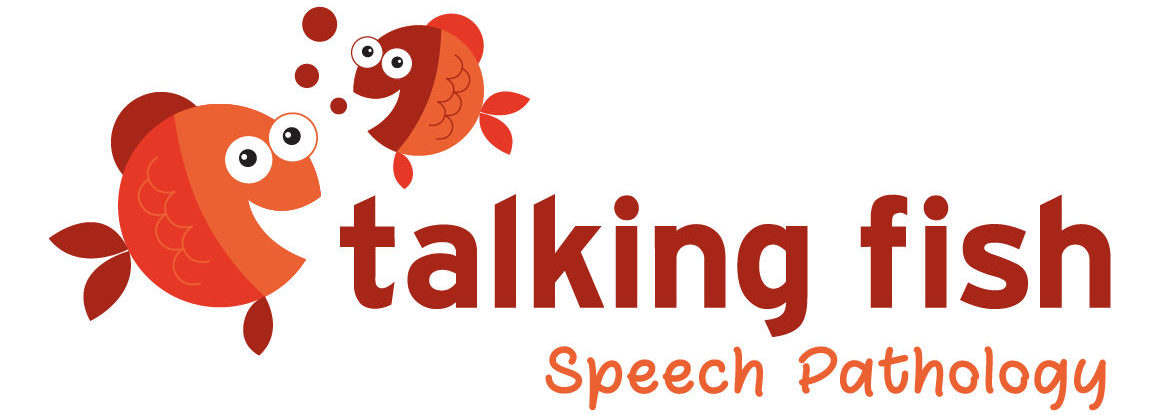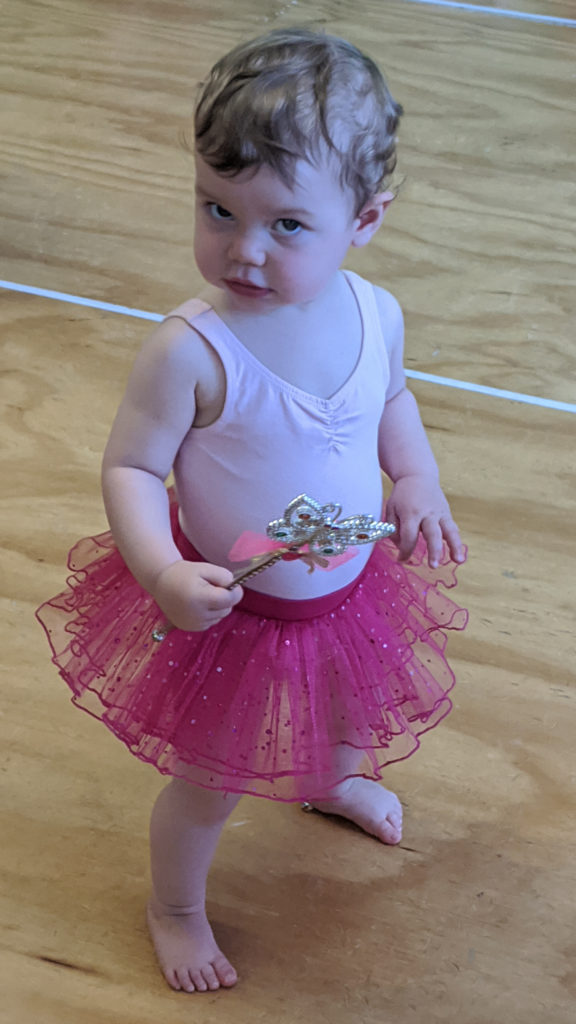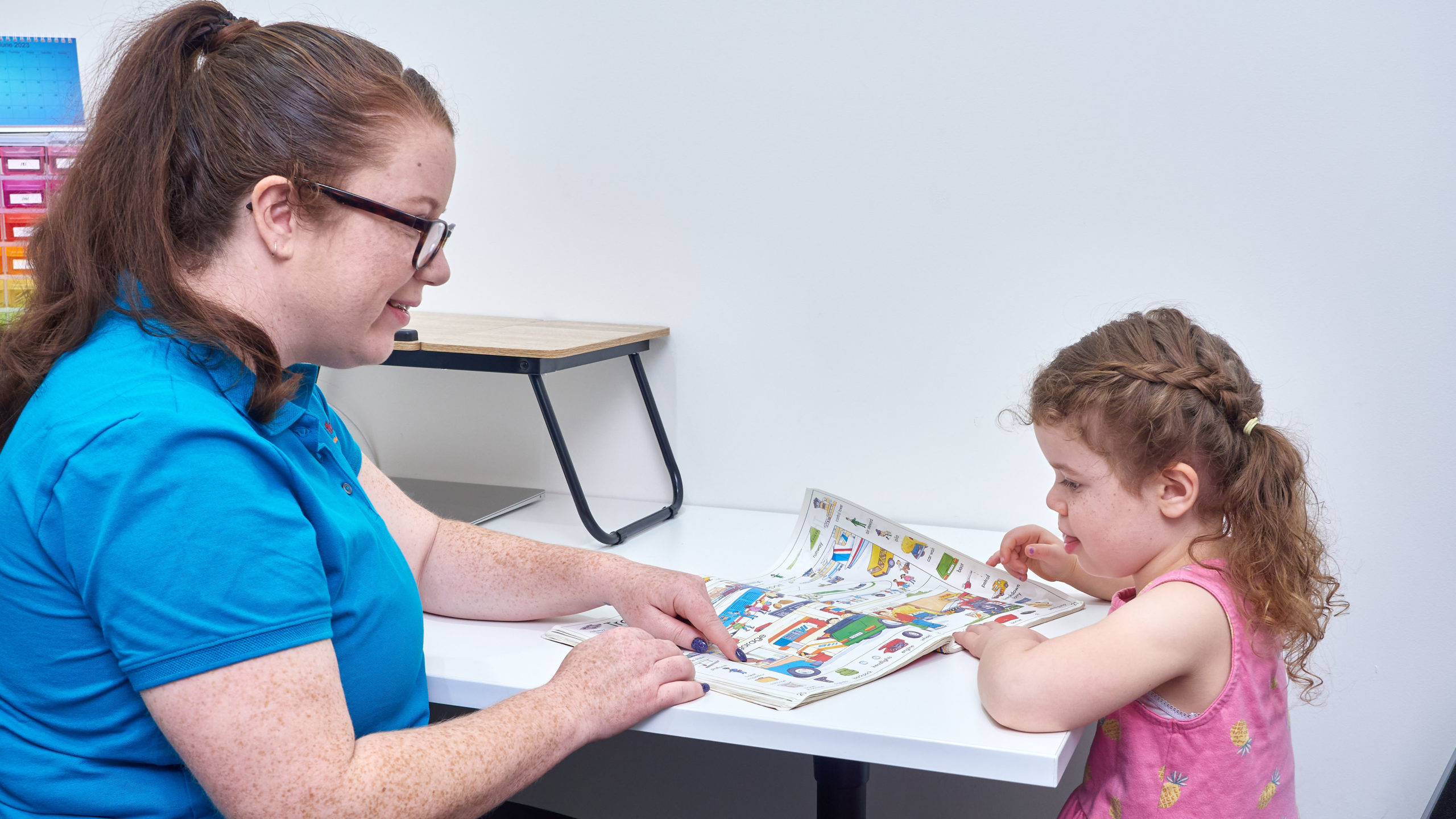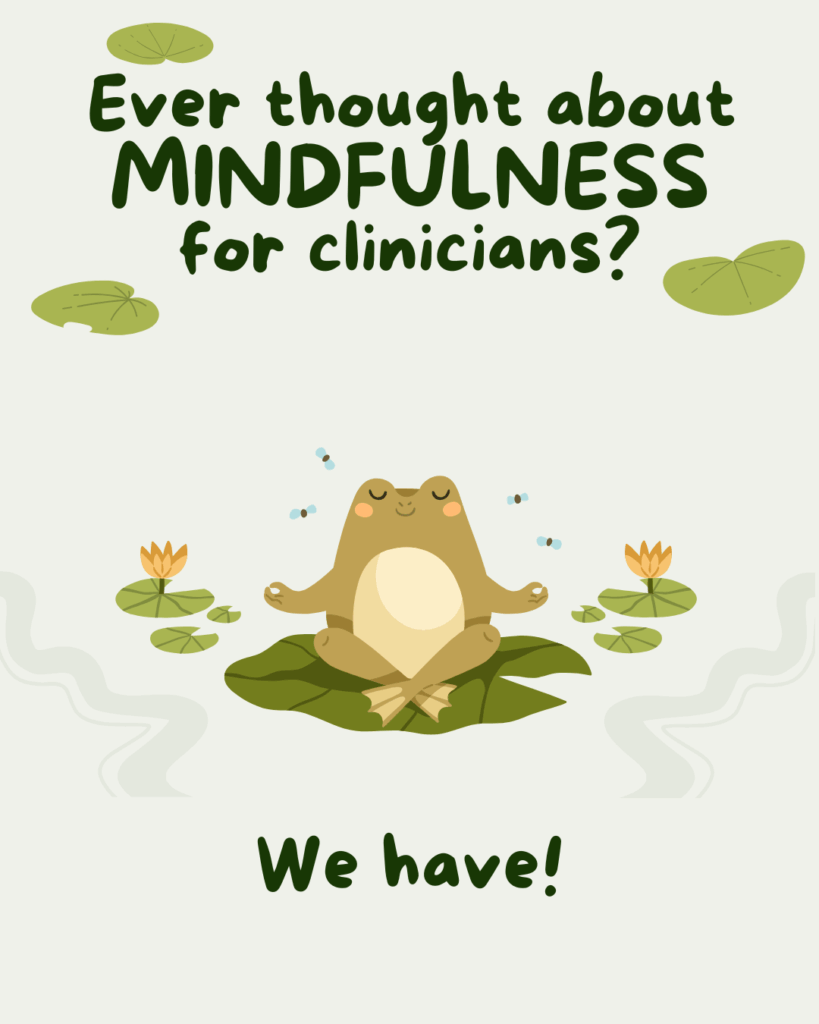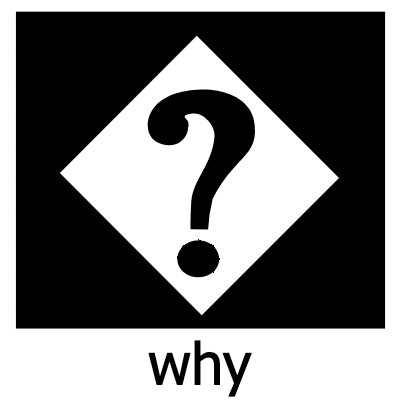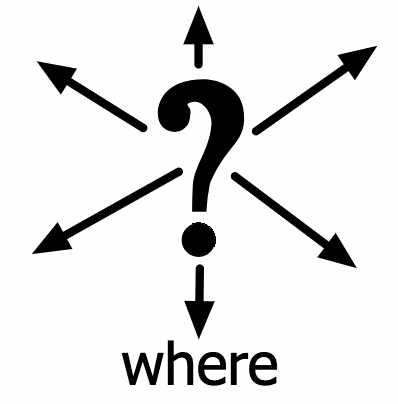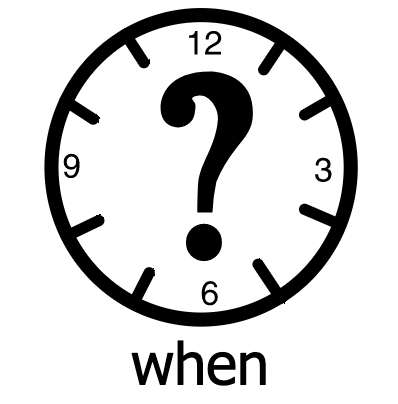As we step into 2026, many of us are thinking about New Year’s resolutions. Whether it’s to exercise more, learn a new skill, or spend more time with loved ones, the start of a new year feels like a fresh slate for setting intentions. This universal impulse to set goals resonates deeply with our philosophy at Talking Fish Speech Pathology, especially when it comes to the highly effective practice of collaborative goal setting in speech therapy.
Beyond “Fixing” – Partnering for Progress
In the past, speech therapy might have been seen as a clinician “fixing” a problem. The therapist would assess, identify deficits, and then prescribe goals. While professional expertise is undoubtedly essential, we’ve learned that the most powerful and sustainable progress comes when clients and their families are active participants in the goal-setting process.
This is the essence of collaborative goal setting: it’s a partnership where the client (or their family, for children) and the speech pathologist work together to identify meaningful, functional, and achievable communication goals. It’s about shifting from a “doing to” approach to a “doing with” approach.
Why Collaboration Makes All the Difference
You might wonder why taking the time for this collaborative process is so vital. Here’s why it’s a cornerstone of effective therapy at Talking Fish Speech Pathology:
- Increased Motivation and Buy-In: Just like a New Year’s resolution you choose yourself is more likely to stick than one imposed upon you, goals that clients and families help create are inherently more motivating. When individuals have ownership over their therapy goals, they are more invested in the process and more likely to practice skills outside of sessions.
- Goals are Meaningful and Functional: We want communication goals to be relevant to real life. By involving clients and families, we gain invaluable insight into their daily routines, social interactions, challenges, and aspirations. This ensures that goals aren’t just about achieving a clinical benchmark, but about improving genuine quality of life – whether it’s ordering coffee independently, telling a grandparent a story, or participating confidently in a job interview.
- Harnessing Family Expertise: Parents know their child best. Adults know their own communication challenges and priorities better than anyone. Collaborative goal setting taps into this rich source of knowledge and experience. Families can identify specific situations or words that are particularly challenging, or contexts where improved communication would make the biggest difference.
- Promoting Carry-Over and Generalisation: Therapy isn’t just what happens in our clinic. The real magic happens when new communication skills are used in everyday environments. When families are involved in setting goals, they understand why certain strategies are being used and how they can be implemented at home, school, or work, significantly boosting carry-over.
- Building Capacity and Empowerment: This process isn’t just about achieving a specific communication outcome; it’s also about empowering individuals and families. It teaches problem-solving skills, encourages self-advocacy, and builds confidence in their ability to navigate communication challenges.
Collaborative Goal Setting in Practice
At Talking Fish, this means:
- Active Listening: We take the time to truly listen to your concerns, priorities, and hopes for communication.
- Shared Understanding: We explain assessment results clearly and discuss how they relate to your daily life.
- Brainstorming Together: We’ll explore various goal options, discussing the pros and cons, and considering what feels most important and achievable.
- Mutual Agreement: We ensure that everyone involved is on the same page and fully committed to the chosen goals.
- Ongoing Review: Goals are not static. We regularly revisit them to celebrate progress and adjust as needs evolve.
Just as a successful New Year’s resolution requires personal commitment and a clear, meaningful objective, so too does effective speech pathology. By embracing collaborative goal setting, we ensure that every communication journey at Talking Fish Speech Pathology is purposeful, empowering, and truly geared towards helping you or your child thrive.
Ready to set meaningful communication goals for 2026? Check with your speech pathologist to make sure your goals are up to date!
